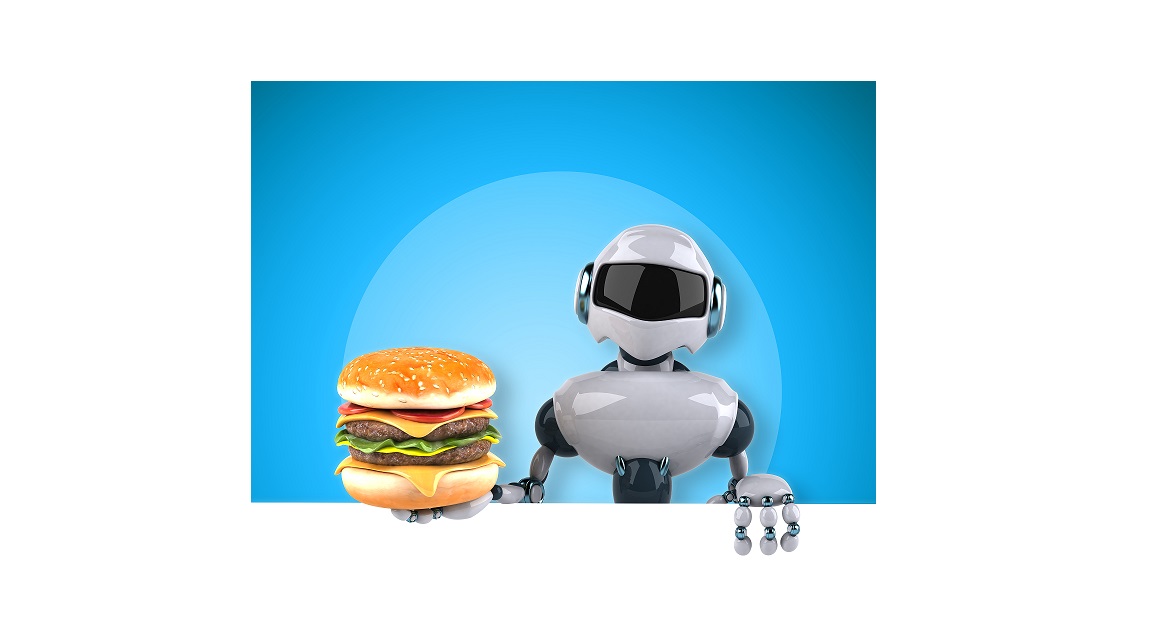This is part of SmartBrief’s coverage of the National Restaurant Association’s Restaurant Innovation Summit. For more restaurant innovation news, read our post on top tech tips from RIS presenters and subscribe to Restaurant Innovation SmartBrief to get the top stories delivered to your inbox every Tuesday.
Innovations in robotics and automation offer new ways for restaurants to streamline operations, attract top talent and delight diners, presenters said at The National Restaurant Association’s Restaurant Innovation Summit last month.
Robotics is playing a growing role in settings that range from hospitals to warehouses, and there are a variety of new technologies that are a perfect fit for the foodservice space, said Dorothy Cudia, vice president of engineering at Chowbotics.
“As you look at what’s coming up, what’s the new leading edge technology, we’re moving from front of the house to back of the house in terms of automation. Specifically talking about automation of food preparation — and that would include not only prep [and] assembly, but heating, cooling, whatever is being done to that product in the back of the house — that whole area is ripe for automation,” she said.
Co-bots give humans a helping hand
One of the most useful areas to apply robotics in the kitchen is simple, repetitive tasks involved in food preparation. Engineers have already developed several robots designed to work in tandem with humans in a foodservice environment. These ‘co-bots’ include Chobotics’ salad-making robot, Sally, and Flippy, the burger-flipping robot from Miso Robotics. These robots are designed to be safe, nimble and easy to program, and can easily be integrated into kitchens to take over tasks that human staffers may find dull, Cudia said.
Operation and upkeep create new jobs
The rise of robots in the restaurant world has led to questions about what this new technology means for the future of restaurant jobs. Cudia said automation and robotics won’t make human workers obsolete, but rather create new jobs that have them working alongside robots. Chowbotics is currently working on expanding its service network, since “there’s folks that know how to fix robots that don’t know a lot about food equipment and there’s folks that know a lot about food equipment who don’t know a lot about robotics,” Cudia said.
Investing in robotics can also be an “enabler to attracting and retaining the very best labor,” she said, explaining that technology is second-nature to today’s millennial workers and the workforce of the future.
“When they come to work in your kitchen, if they’re working with some outdated technology that’s going to add to their frustration. So think about not only attracting the right kind of employees, but also retaining them.”
Robots can work with existing eateries, or inspire new ones
When it comes to using robots in a restaurant environment, Cudia said there are two ways to go about it: introducing a robot into an environment designed for people, or starting from scratch and building a new concept around the robots.
To introduce a robot into a kitchen staffed by humans, training staffers to safely interact with the robot is key. Even if the robot itself has safety features such as automatic shut-off, employees need to be mindful of moving parts that may be sharp or hot, and know how to re-set the system in case of failure.
With Roostersbot, founder Michael Atkinson is taking the second approach. Atkinson and the team behind the fully automated chicken sandwich concept designed the brand with a franchise structure that could generate 40% profit margins and return franchisees’ investment in a year. The concept is still in the works, but could launch as soon as next year with self-contained kiosks cooking and serving fried chicken sandwiches in airports, malls, food halls or other high-traffic areas. Customers will order via the kiosk, an app or using their voice, said Atkinson, who is also founder and chief executive officer of Orderscape, which provides voice ordering capabilities to restaurants.
__________________________________________________
If you enjoyed this article, join SmartBrief’s email list for more stories about the food and beverage industry. We offer 20 newsletters covering the industry from restaurants to food manufacturing. And be sure to follow us on Twitter for the latest industry news.
